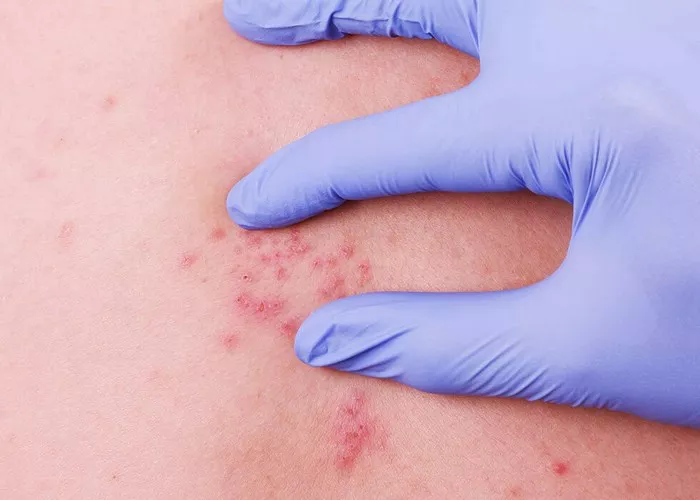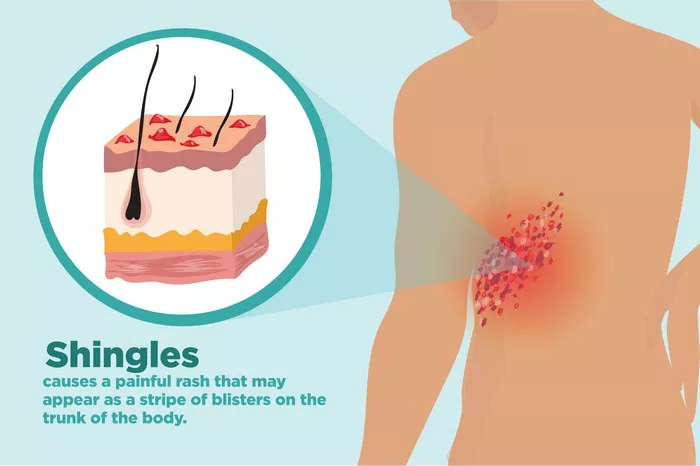With the arrival of the sweltering summer, sun protection cosmetics are experiencing a peak in sales. However, some sun protection products in the market are exaggerated in their publicity, and consumers need to be cautious when purchasing.
Discrepancy between Publicity and Reality:
Many merchants claim that their products have “protection + repair” functions, which can not only protect against the sun but also whiten and repair the skin. However, many so-called “multi-effect-in-one” products are actually just ordinary cosmetics.
Sales Situation:
In many daily chemical products stores in Beijing, sun protection creams and sprays are prominently displayed. Some product packages are marked with sun protection factor (SPF) numbers such as “35” and “50,” but some products named “isolation protection milk” and “protection spray” do not explicitly mark the word “sun protection”.How to Identify Regular Sun Protection Products.
Key Identifications:
Regular sun protection cosmetics must be marked with the approval number of “Special Character for Cosmetics of China,” and they should also indicate the SPF value and PA value to help consumers judge the intensity of protection against medium-wave ultraviolet rays (UVB) and long-wave ultraviolet rays (UVA).
Expert Advice:
Director Tian Yan of the Dermatology Department at the Air Force Special Medical Center pointed out that to judge whether a product is a sun protection cream, one should mainly look at two points: whether there is an SPF mark and whether there is a “Special Character for Cosmetics of China” mark.
Sampling Results:
In 2024, the National Medical Products Administration sampled 21,362 batches of 12 types of cosmetics, among which sun protection products had the most batches with problems found.
Main Issues:
The problems found in the sampling mainly focused on the undetected sunscreen agents that were labeled to be added, insufficient content of sunscreen agents, and serious discrepancies between the actual sun protection effect and the labeled claims.
Safety Hazards:
Director Tian Yan of the Dermatology Department at the Air Force Special Medical Center indicated that using these substandard products may cause skin damage, such as redness, blisters, itching, and pain. In the long term, they may also lead to photoaging and skin tumors.
Higher SPF Is Always Better:
Many consumers mistakenly believe that the higher the sun protection index, the better. However, in reality, the higher the SPF value, the thicker the product. Long-term use may lead to skin problems due to incomplete removal.
Expert Reminder:
Dr. Yan Yan, a chief physician in the Dermatology Department of the Plastic Surgery Hospital of the Chinese Academy of Medical Sciences, pointed out that compared to SPF 30, SPF 50 only has a 1% higher ability to block ultraviolet rays. Blindly pursuing high numbers is not scientific.
Rational Consumption:
Sun protection products are not necessarily “the more expensive, the better,” nor is it “the higher the multiple, the more effective.” Consumers should identify regular “Special Character for Cosmetics of China” sun protection products and reject exaggerated publicity.
Protecting Health:
The skin is the first line of defense for the human body, and protecting skin health is related to beauty. Consumers should avoid being blinded by the “sun protection fog” and maintain a clear judgment on health.
Related topics:



























